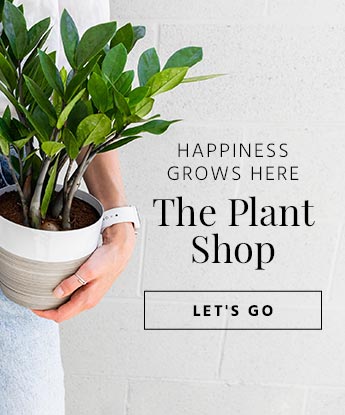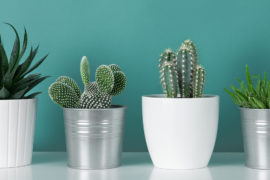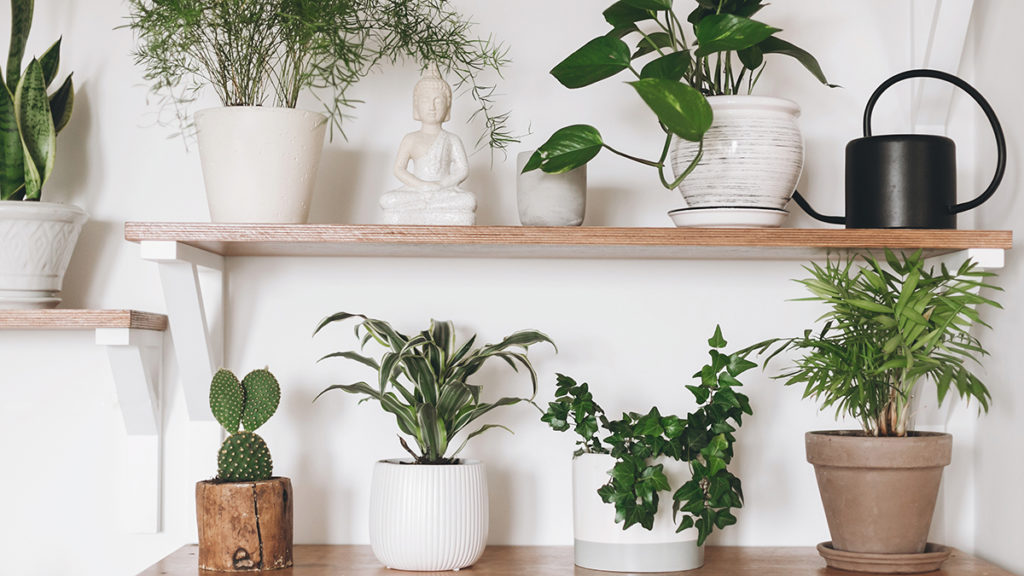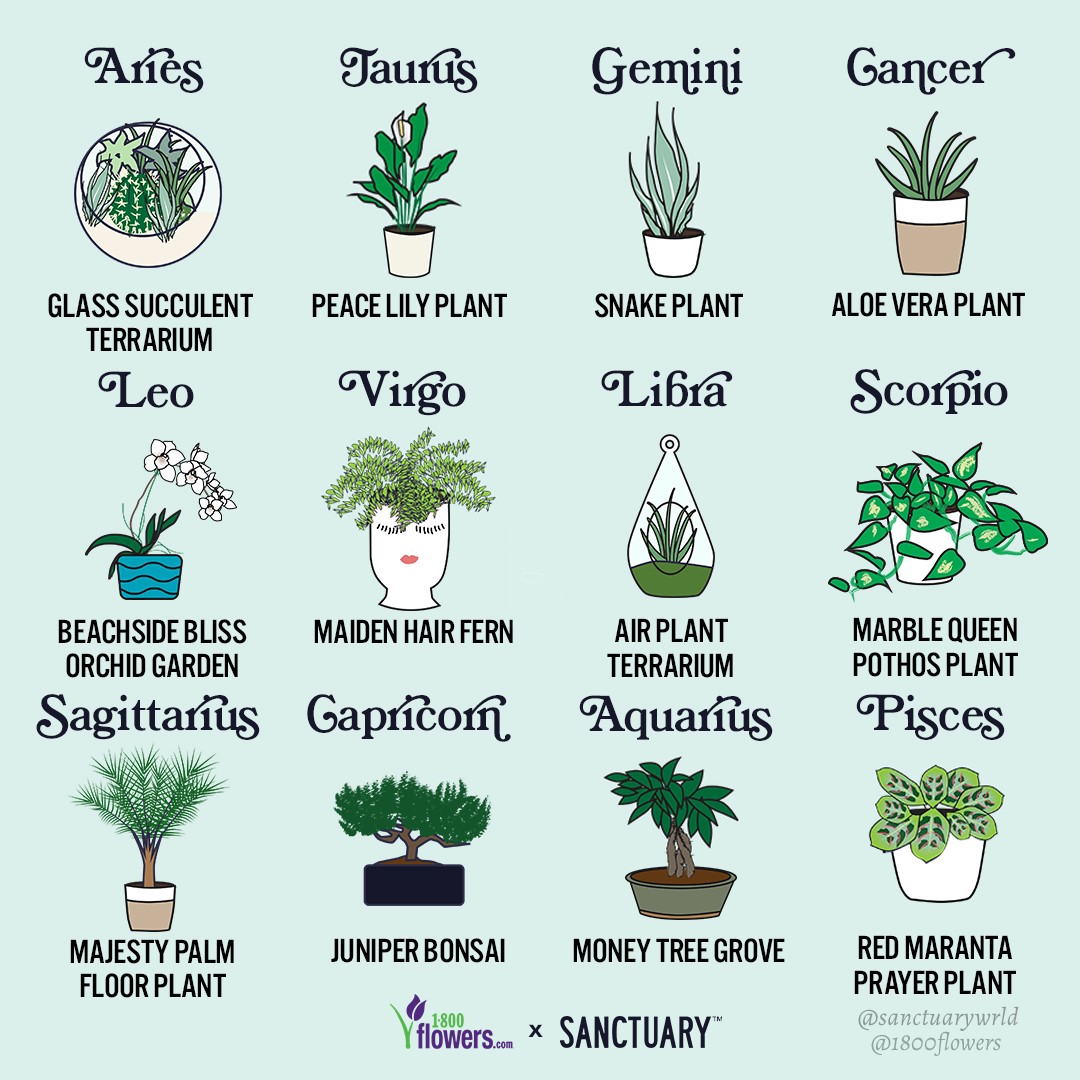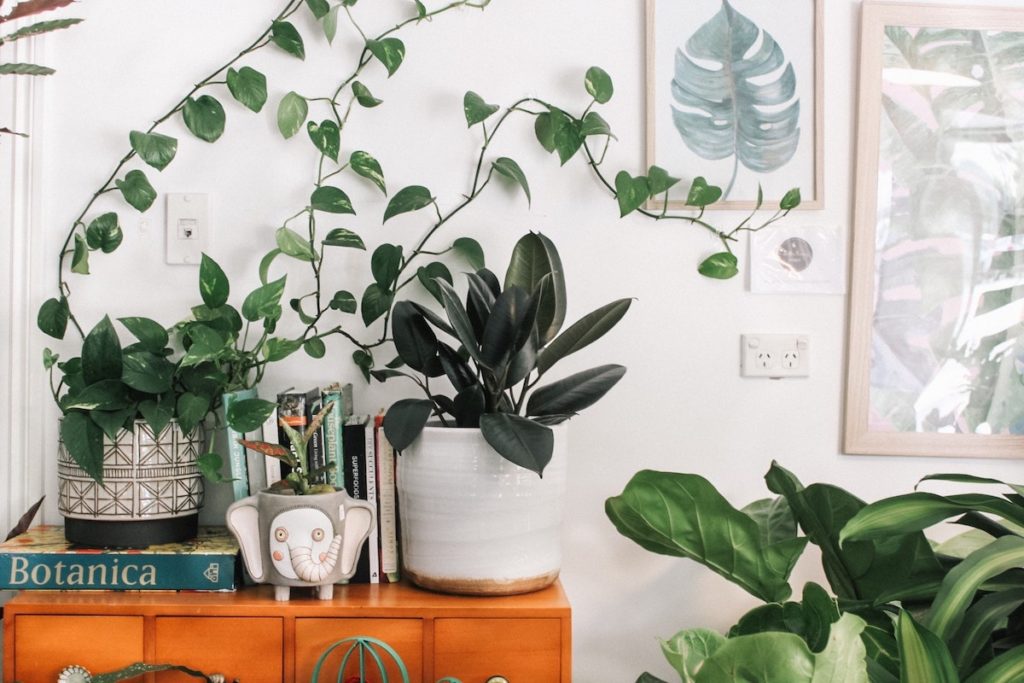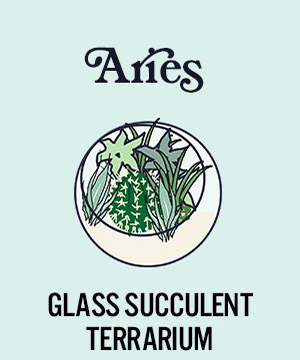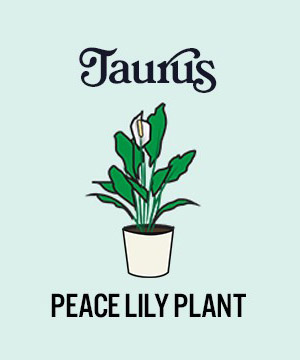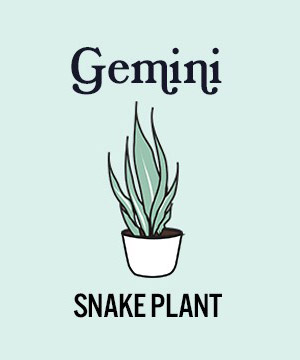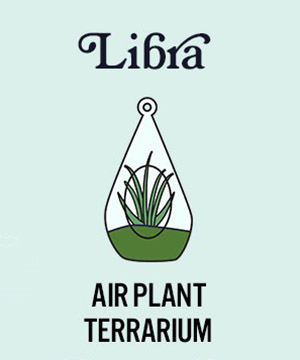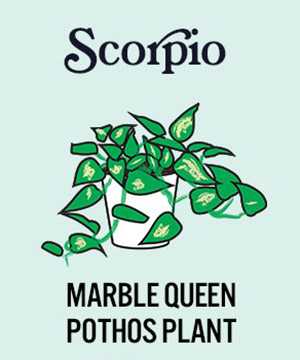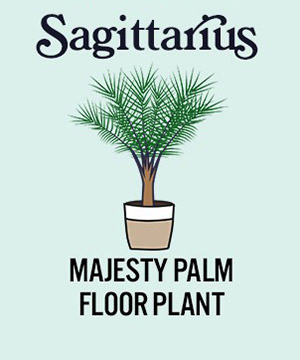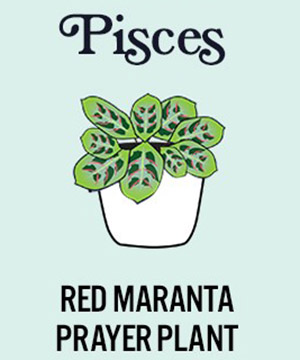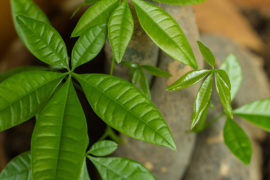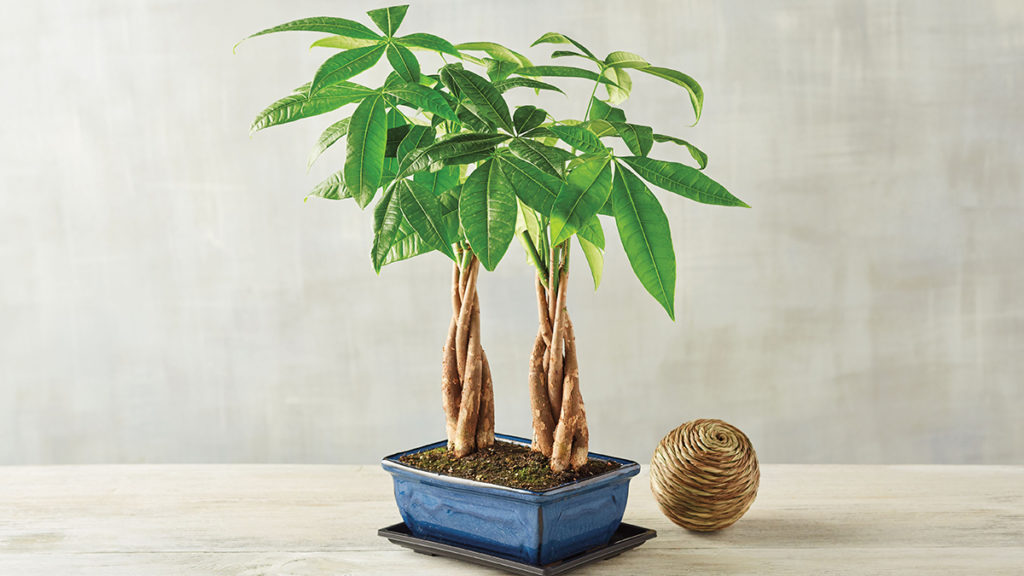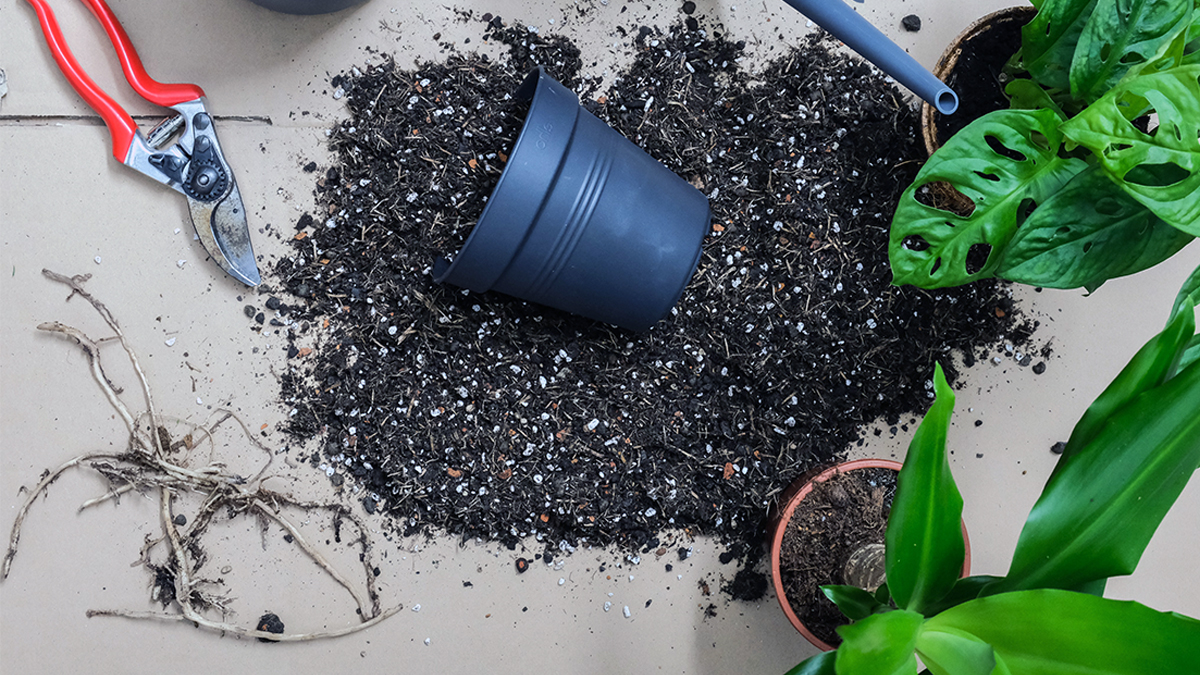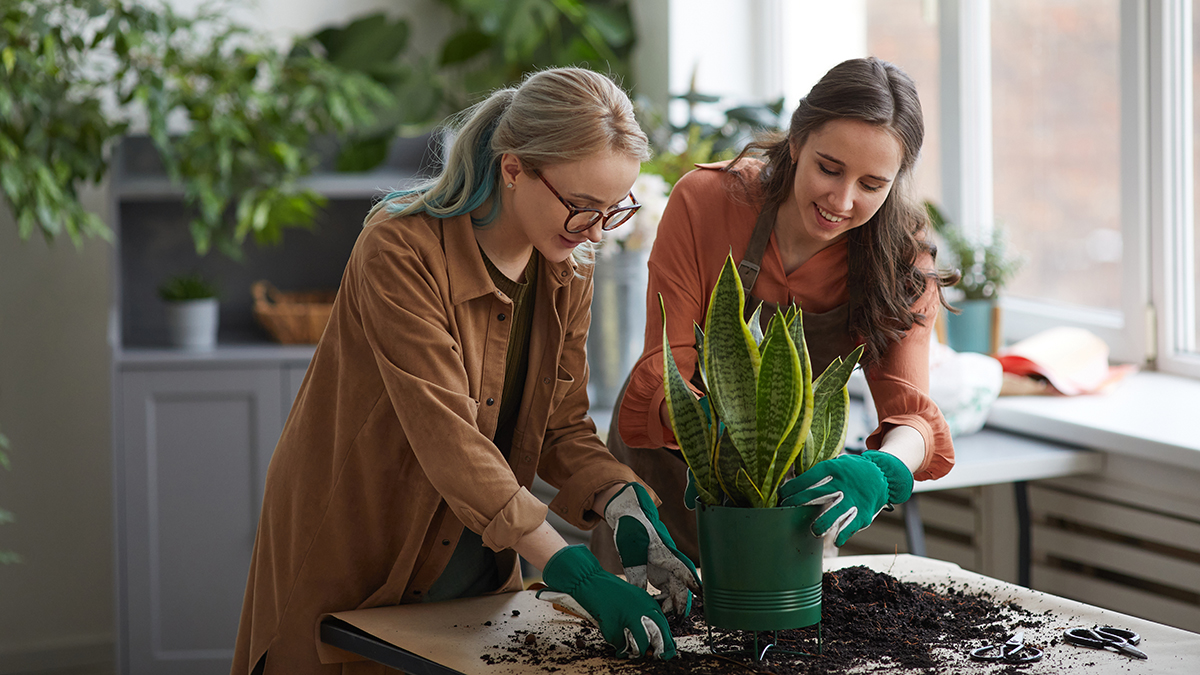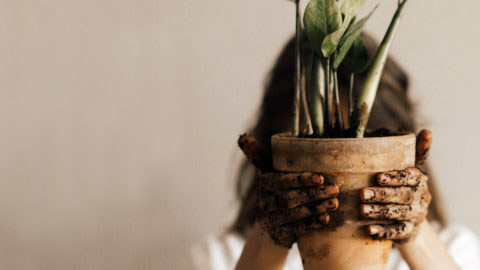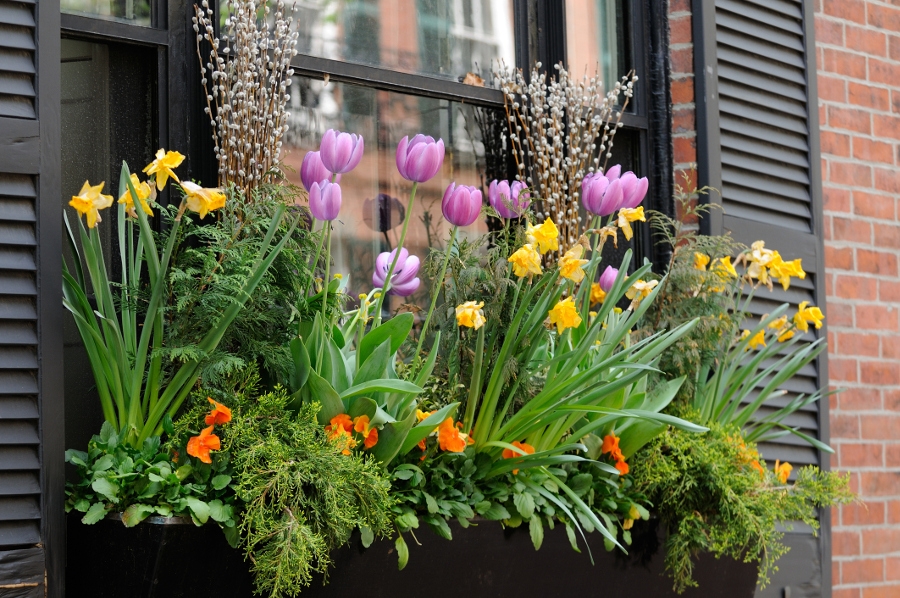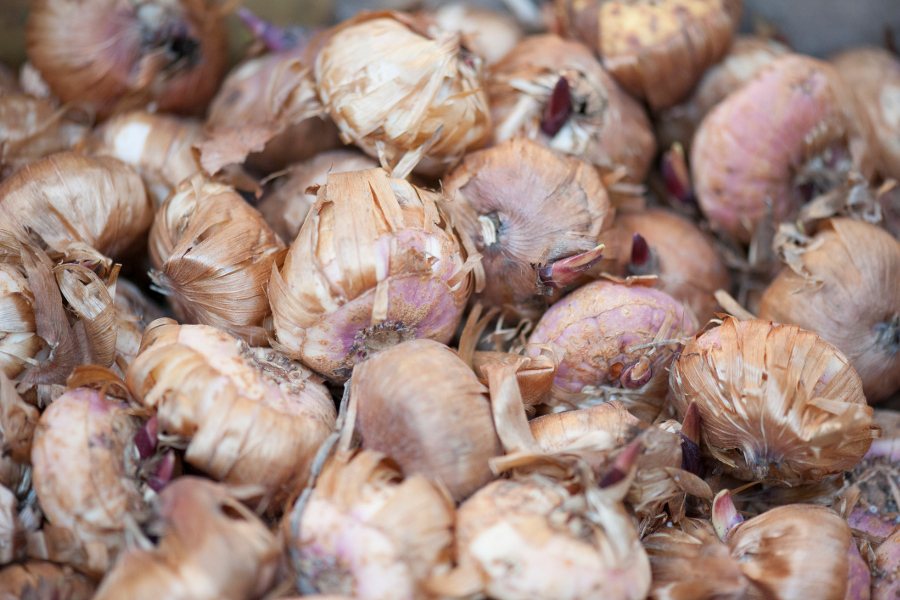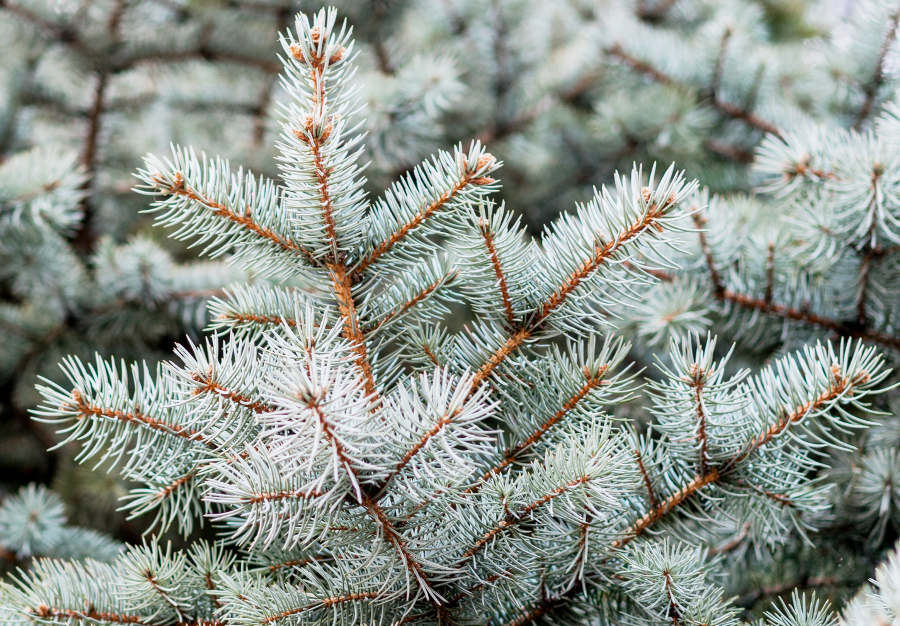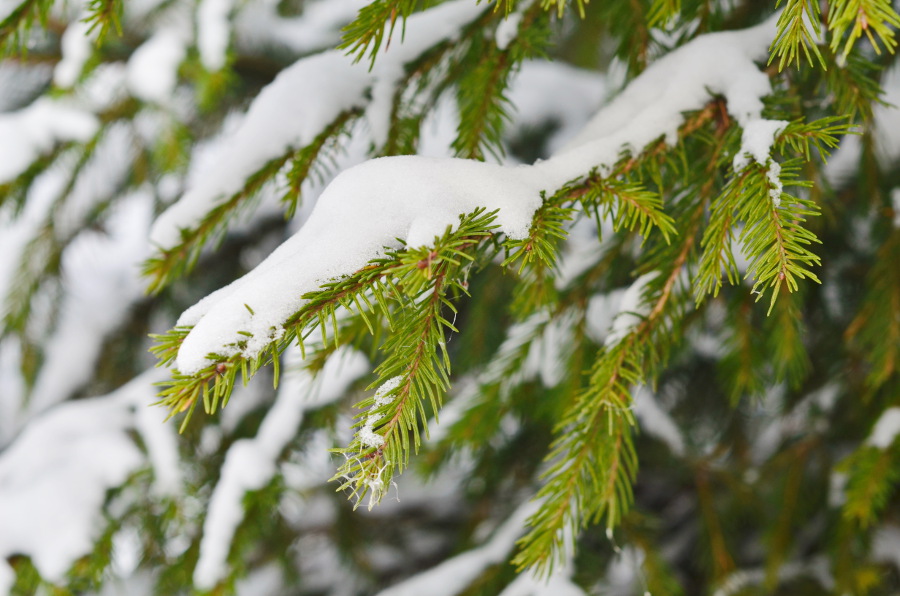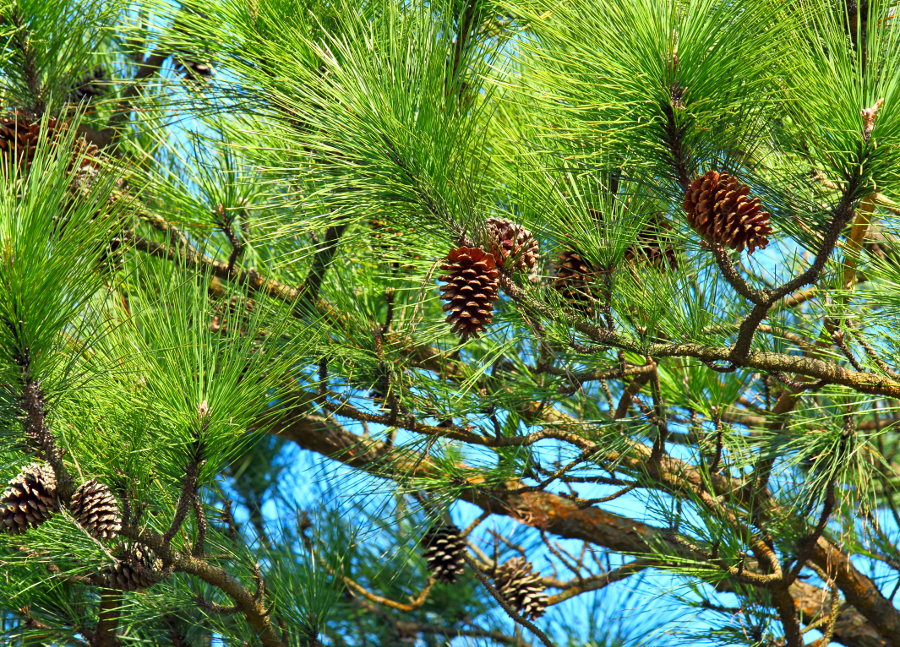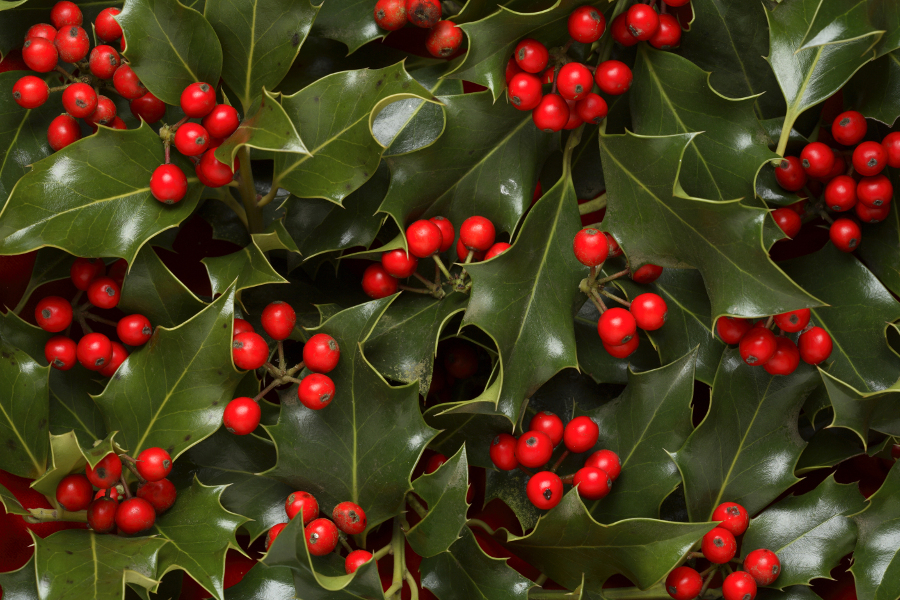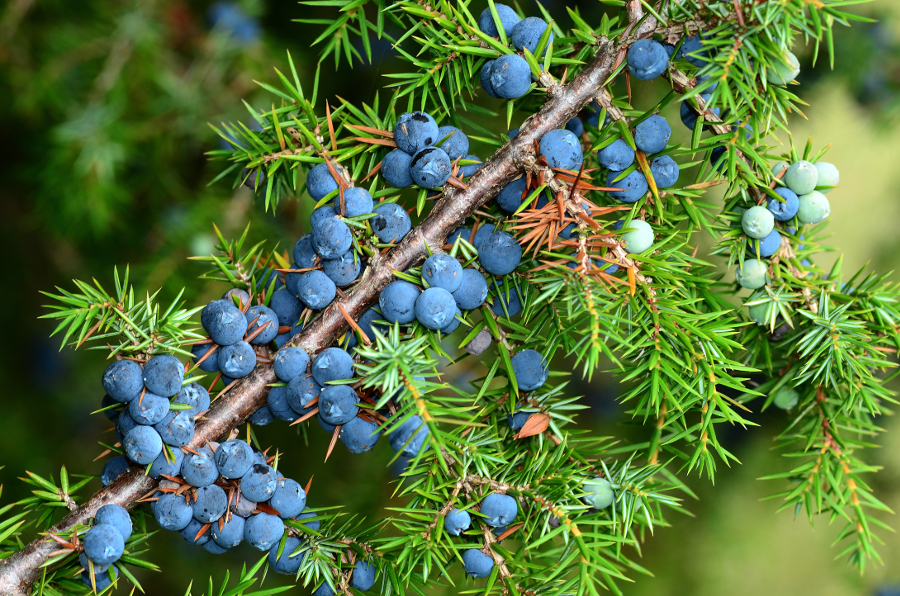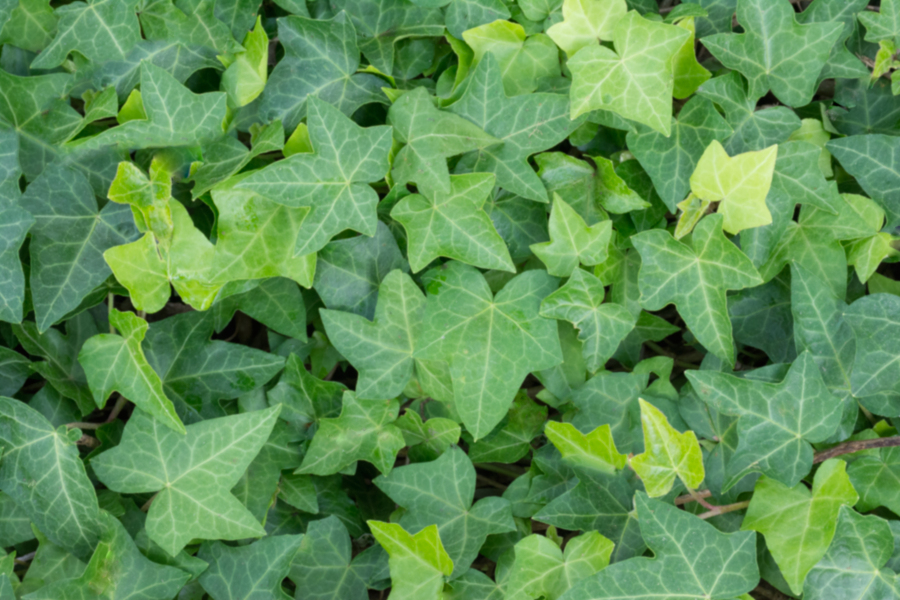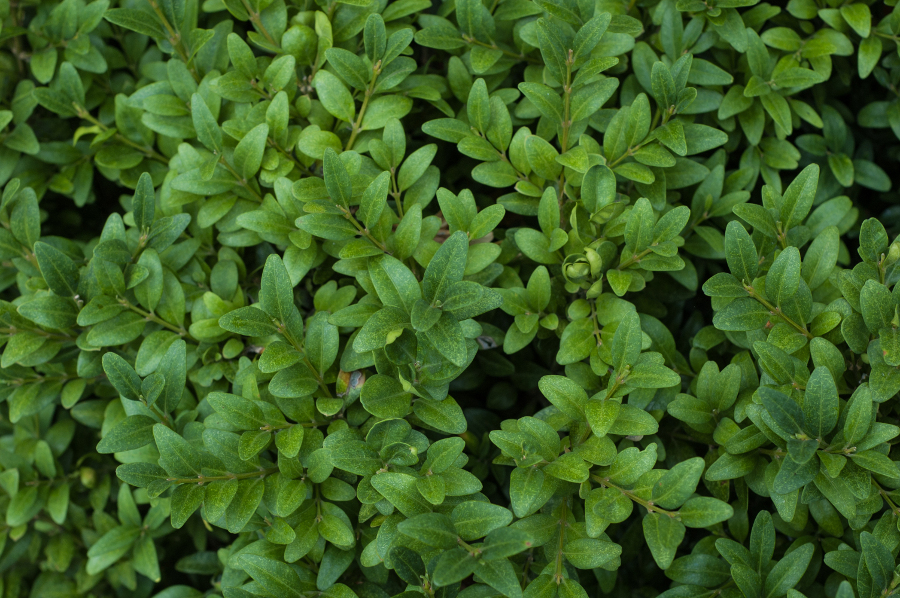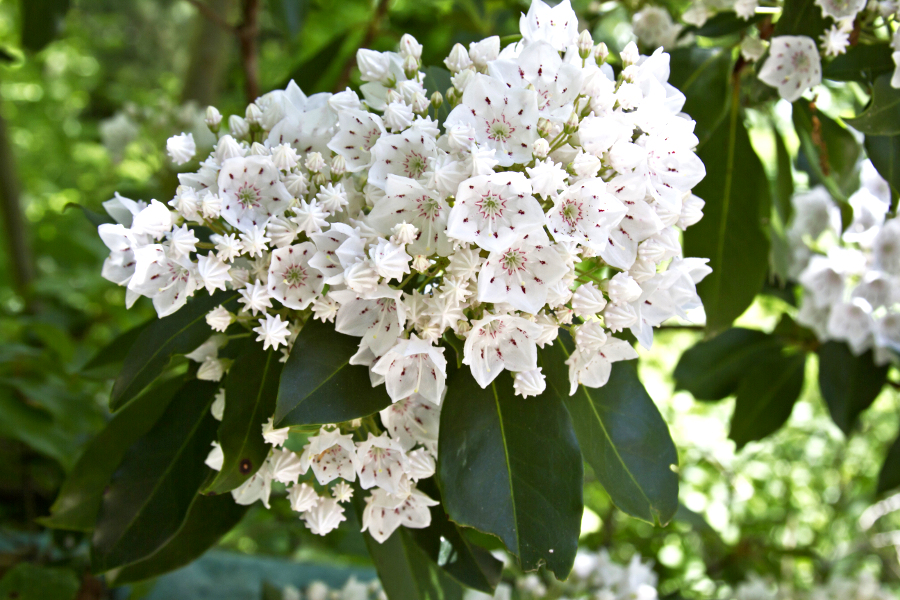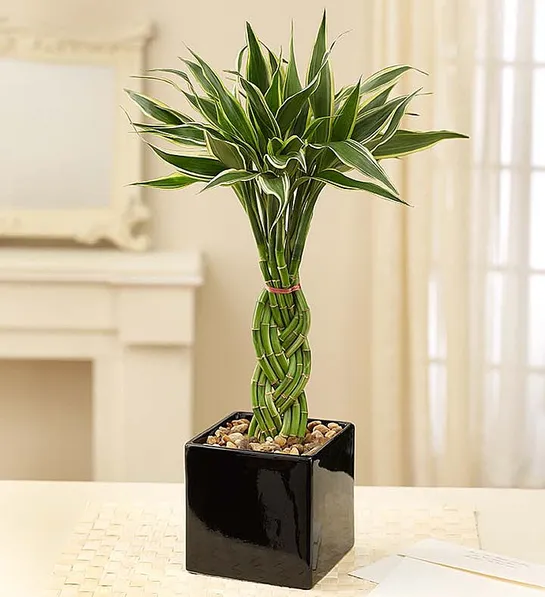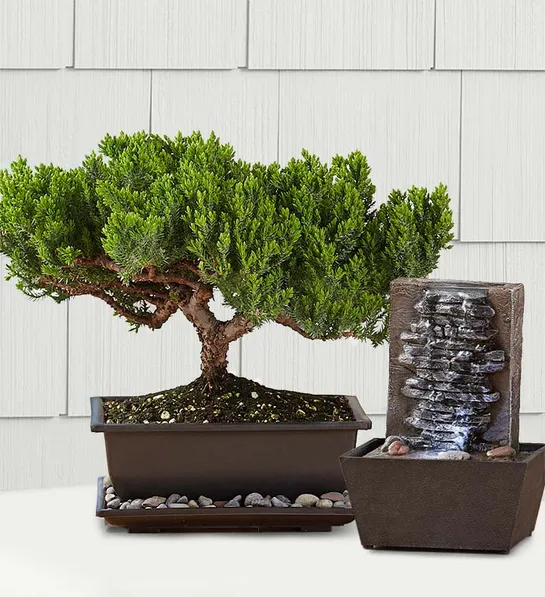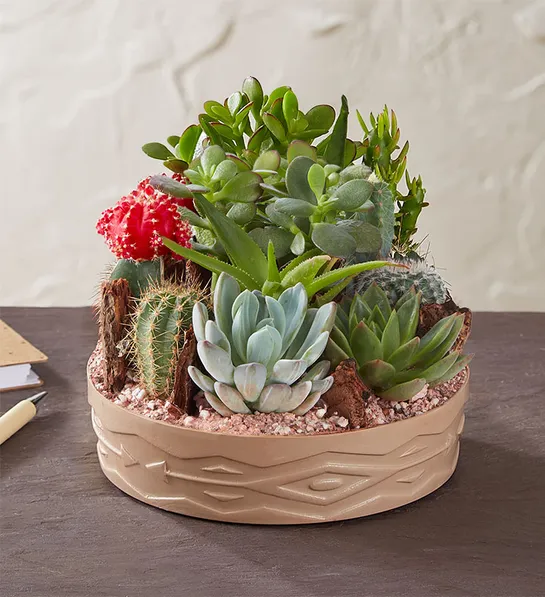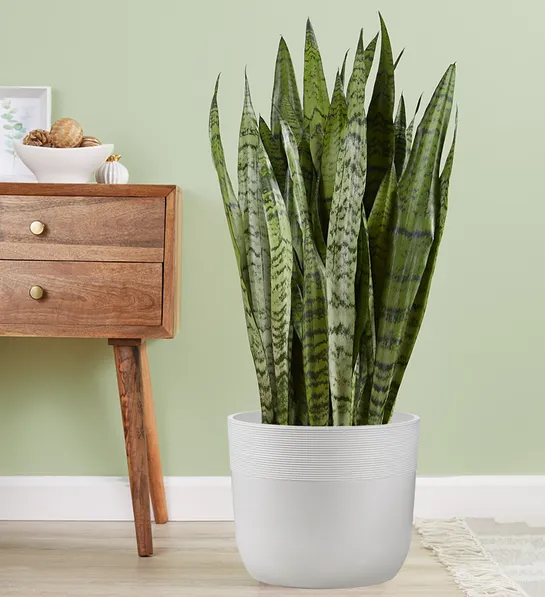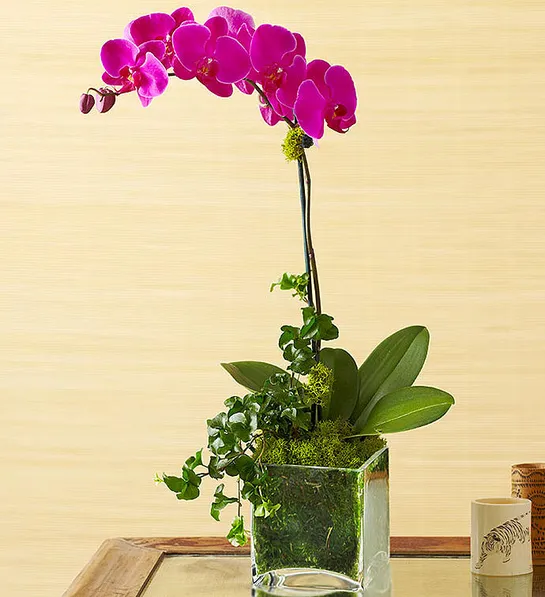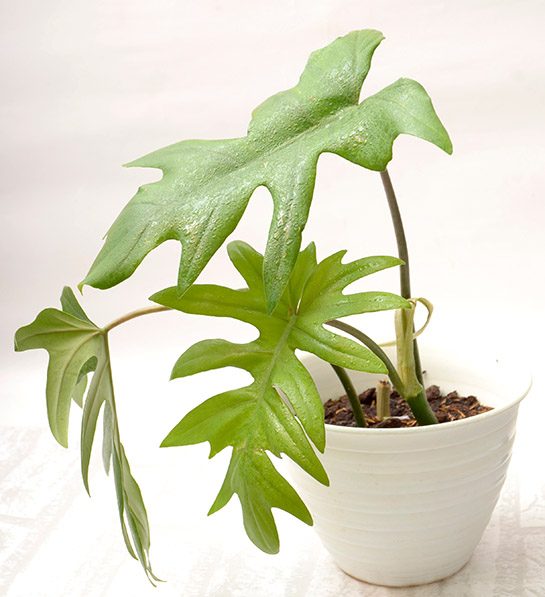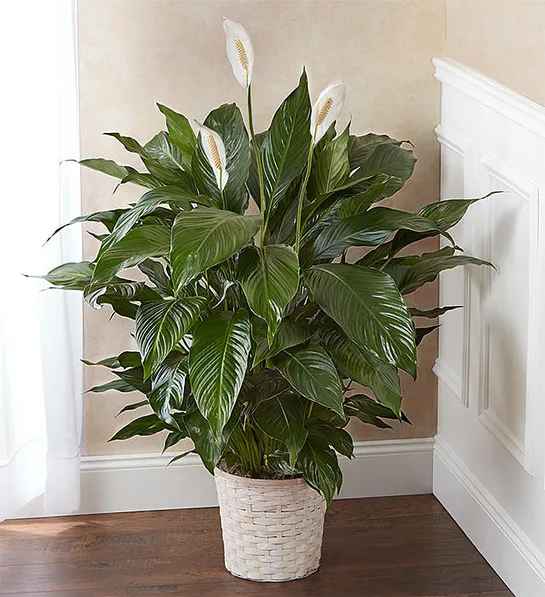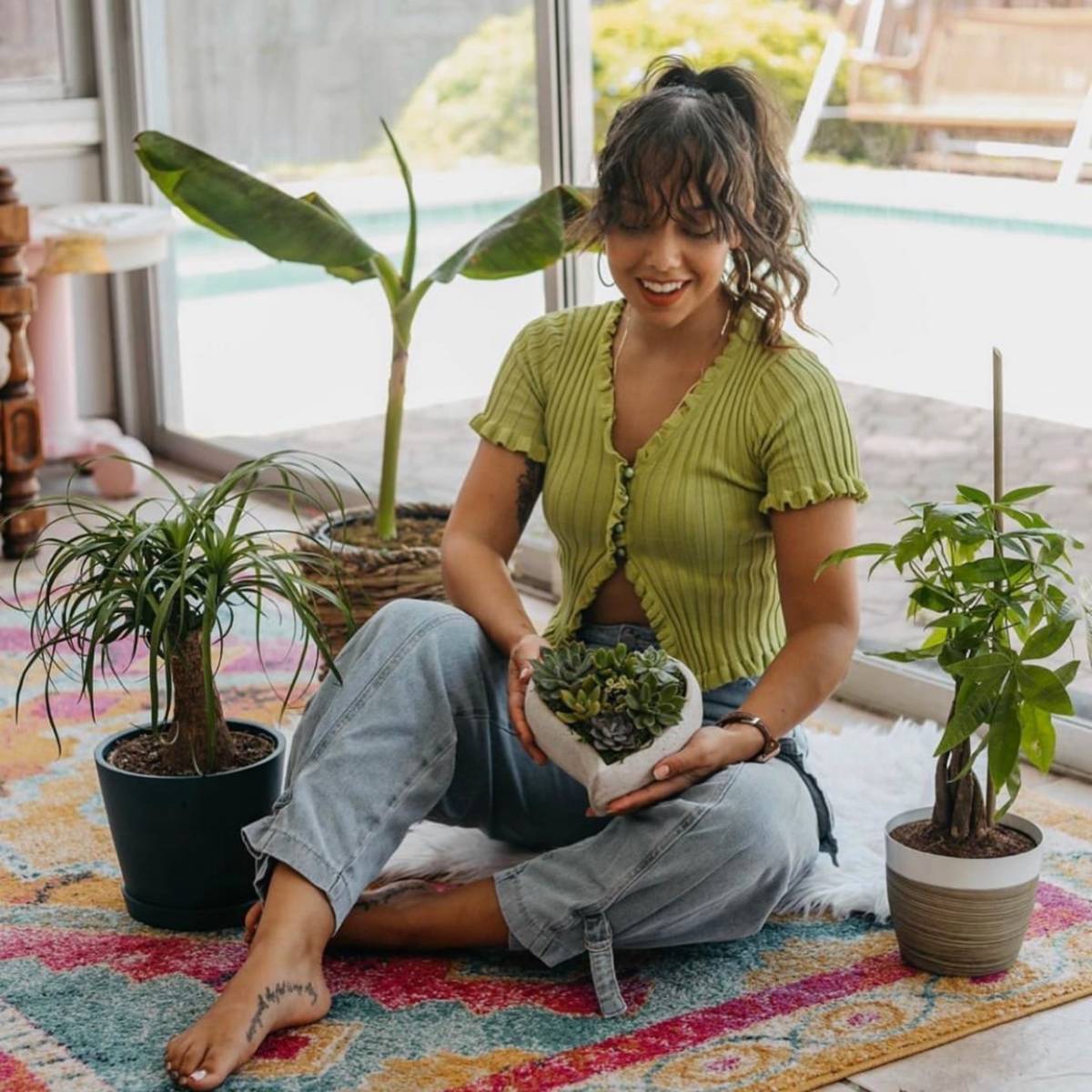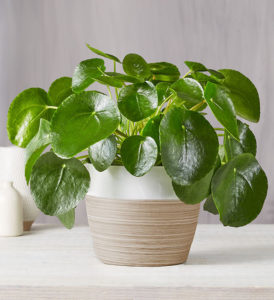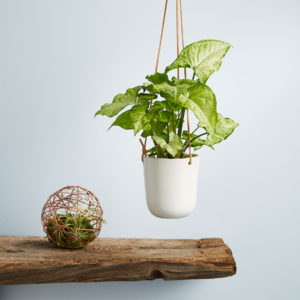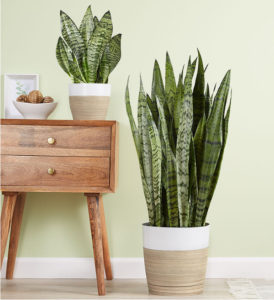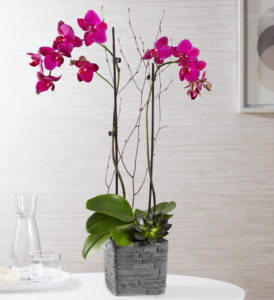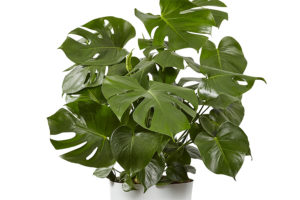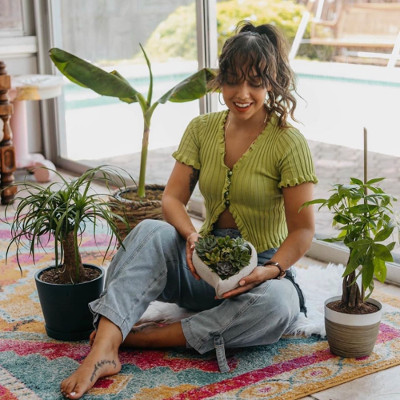The term “biophilia” was coined by psychoanalyst Erich Fromm to describe the innate human attraction to nature. Of course, live plants and flowers beautify a classroom — but adding them to a learning environment is more than great design. It also has tangible health and wellness benefits for both students and teachers.
A plant is an ideal entry point into the care and keeping of living things. It is a life skill that can be shared and modeled for other students in the classroom.
Karen Aronian, Ed.D.

Classroom environments strongly influence students’ moods and motivations. A 2020 study published in Building and Environment found that students actively prefer classrooms that include nature and live plants can help students learn more effectively. Students report fewer health issues after spending even short periods of learning in a plant-enriched environment — in some cases, a single lecture was enough. The presence of plants also impacts how students perceive both their educational experience and their instructor, as the same study also found adding indoor plants improves both teacher and educational evaluations.
The benefits of living green plants in a school environment extend far beyond self-reported improvement. “There are endless ways to imbue flowers and plants into our classrooms and nearly as many reasons to do so,” says education design expert Karen Aronian, Ed.D. “Indoor nature can inspire students, improve focus, and reduce anxiety.”
Here are three reasons science says it is beneficial to “go green” in the classroom.
1. Plants improve attention and classroom behavior
Attention and focus are essential for productive learning, but classrooms are inherently full of distractions, such as use of mobile devices, tardiness, and disruptive behavior. Science shows that teachers can improve focus by reducing artificial stimulation with natural elements. Features like green walls can substantially reduce acoustic stimulation, and even a few standalone plants can make a difference. One study found that children with ADHD consistently experience more sustained concentration in classrooms with live plants.

“The act of caring for a plant can provide a big boost for a child’s self-esteem and instill them with a greater sense of responsibility,” Aronian says. “Plant care includes everything from identifying the plant, watering, transplanting, and tracking growth to ensuring the plant has good soil, light, and a temperate environment.
“A plant is an ideal entry point into the care and keeping of living things. It is a life skill that can be shared and modeled for other students in the classroom,” she continues. “It also improves children’s behavior, attentiveness, and confidence.”
2. Classroom plants improve air quality
Live plants are natural filters, helping to remove toxins and allergens from the air, and putting them in a classroom environment adds oxygen and reduces pollution and airborne dust. “Indoor classroom air is different than outdoor air in that it usually contains higher levels of volatile organic compounds (VOCs) off-gassing from carpets, glues, and cleaning solutions,” explains Lorena Torres Martinez, assistant professor of biology of St. Mary’s College of Maryland. “Some plants have adapted to metabolize VOCs as part of their protective mechanism, to ward off insects or as a way to attract pollinators, so these species are better at removing these toxins from the environment.”

One such plant is an English Ivy, which Torres Martinez keeps in her office because it has been shown to remove toxins — including toluene and benzene, two common carcinogenic indoor pollutants found in paint and glue, among other things — from the air. Snake plants and air plants are also popular air purifying choices. So, how many plants do you need? While there is no standard regarding how many plants are needed to clean the air in a classroom, based on NASA studies from the 1980s, the current rule of thumb is two large plants for every 100 square feet of enclosed space.
Plants and flowers also help improve the scent of a room. Many people are sensitive to chemical fragrances, but flowers act as natural air fresheners. Colorful cut flowers are also an easy addition to classrooms with few windows, as they do not require direct sunlight to thrive.
3. Living plants reduce anxiety and support mental health
The number of students experiencing anxiety, depression, and isolation is at an all-time high. One of the leading causes of this is the overuse of digital devices, which can negatively affect the brain and impair social and emotional intelligence.
One way to help combat these problems is to fill classrooms with living plants, as interacting with indoor plants helps reduce stress and anxiety. “Indoor plants are miniature, practical examples of our colossal forest biomes,” Aronian says. “Just as we can take a stress-reducing meditative forest bath outdoors, we can similarly enjoy the relaxing process of pruning, arranging, smelling, and admiring our indoor blooms.”
Just looking at added greenery can be calming. “Studies show that the visual stimulation of looking at live plants is relaxing, has positive mental benefits, and can reduce stress,” Torres Martinez adds. Working with plant species that have the benefits of aromatherapy is another great way to bring more tranquility to the classroom. Growing fragrant herbs, such as lavender, basil, or mint, can also enhance air quality, with delicate natural scents that act to calm the body and mind.
Back to school prep
As we gear up for the school year, now is a great time for educators to come up with ways to bring more plants into their classrooms in the coming school year.
“Teachers should think about how to incorporate seasonal plants into school celebrations and holidays. They can also create a calendar ahead of the school year and assign each student/family their special week to bring in a live plant or bouquet with related information to share,” Aronian suggests. “This process of choosing and presenting a living ornament to the class ecology can become a favorite ritual for both the students and their community.”

